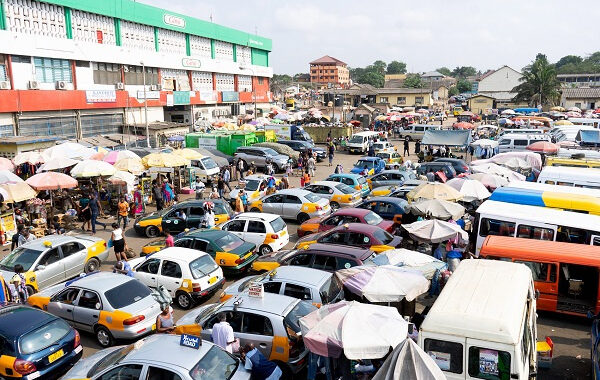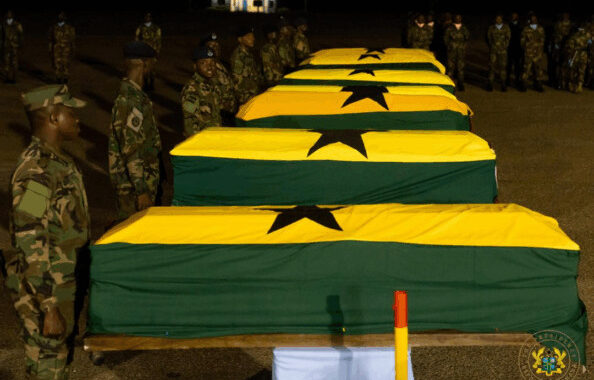HIV Testing Plummets in South Africa After US Aid Cuts

In South Africa, testing and monitoring of HIV patients have fallen since the United States slashed aid that funded clinics and health workers. According to unpublished government data, pregnant women, infants, and youth are the groups most affected by the virus.
South Africa has the world’s highest burden of HIV, with about 8 million people. In South Africa, one in five adults lives with HIV. This implies that testing and monitoring are not just routine checkups; they are lifelines. But thanks to the United States slashing its aid budget, those lifelines are fraying fast.
Attacks on Burkina Faso army base and villages kill dozens
Data from the National Health Laboratory Service, a government entity, reveals that viral load testing has dropped by up to 21% among key groups, including pregnant women and infants. The reason? The abrupt withdrawal of U.S. funding that once covered 17% of South Africa’s HIV budget and paid the salaries of 15,000 health workers.
The U.S. President’s Emergency Plan for AIDS Relief, or PEPFAR, has been a cornerstone of global HIV response since 2003. It has saved millions of lives, particularly in Africa. But earlier this year, the Trump administration decided South Africa didn’t need the help anymore. An executive order cut all funding to the country in February, leaving clinics shuttered and health workers unemployed.
US Court Slashes Defamation Award Against Kennedy Agyapong to 500 Dollars
Maternal viral load testing fell by 21.3% in April, and early infant diagnostic testing dropped by nearly 20%. That means more babies born with HIV, more untreated infections, and a higher risk of transmission.
The South African government is urging patients to turn to public health centers. However, those centers are already overwhelmed. Experts warn that this could reverse decades of progress in the fight against HIV. Some are calling for private sector intervention, while others say South Africa must find a way to fund its own response.

 GRTCC suspends planned ‘August 8’ 20% public transport fare increase
GRTCC suspends planned ‘August 8’ 20% public transport fare increase  State funeral for helicopter crash victims set for August 15 at Black Star Square
State funeral for helicopter crash victims set for August 15 at Black Star Square  Black Queens rank 67th in FIFA ranking despite WAFCON performance
Black Queens rank 67th in FIFA ranking despite WAFCON performance